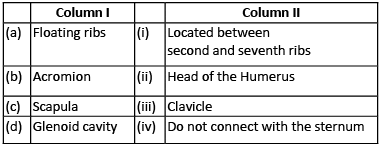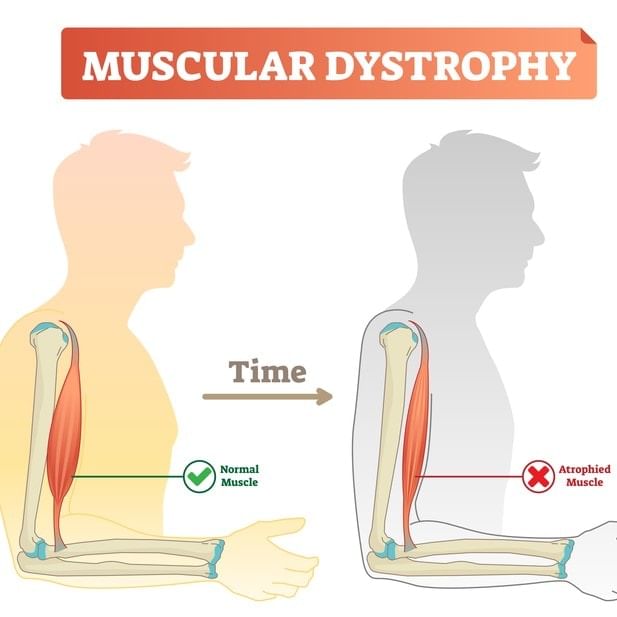31 Years NEET Previous Year Questions: Locomotion And Movement- 2 - NEET MCQ
10 Questions MCQ Test - 31 Years NEET Previous Year Questions: Locomotion And Movement- 2
Chronic auto immune disorder affecting neuro muscular junction leading to fatigue, weakening and paralysis of skeletal muscle is called as: [2021]
Match the following columns and select the correct option [2020]




Which of the following muscular disorders is inherited? [2019]
Calcium is important in skeletal muscle contraction because it [2018]
The pivot joint between atlas and axis is a type of [2017]
Osteoporosis, an age-related disease of skeletal system, may occur due to [2016]
Name the ion responsible for unmasking of active sites for myosin for cross-bridge activity during muscle contraction. [2016]
Sliding filament theory can be best explained as: [2015]
Select the correct matching of the type of the joint with the example in human skeletal system: [2014]
Type of joint Example
Which of the following joints would allow no movement? [2014]















